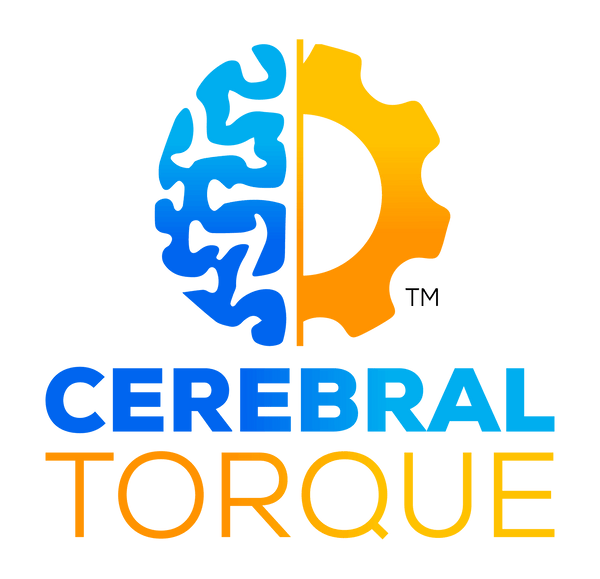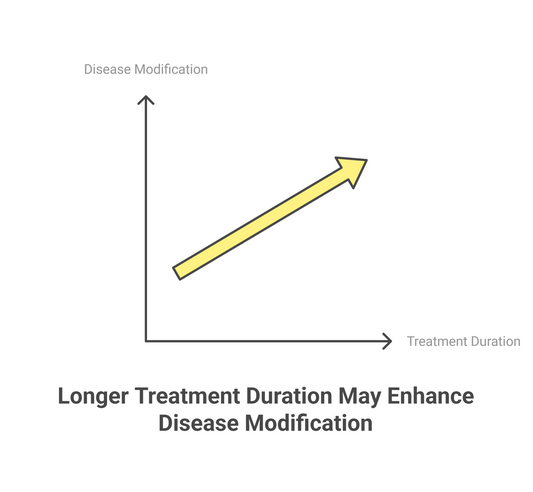
Medication Overuse Headache (MOH) AKA Rebound Headache Treatment Has Changed- MOTS Trial
Cerebral TorqueShare
Patients want relief when they have a headache (migraine, tension, mixed, etc) and, thus, seek relief from an abortive. It is only natural. Not taking the abortive means, for many, hours, days, or even weeks of unrelenting pain. Unfortunately, there is a point where the medications that patients are using to make themselves feel better contribute to what they initially used them to treat- a headache. Most patients understand the risks. NSAIDs can cause peptic ulcers or kidney damage, acetaminophen can cause liver injury, etc. The alternative, however, is living in pain.
Well, we now have evidence that it isn’t your fault for overusing abortives (not like it ever was). It’s a shame that the results of the MOTS (Medication Overuse Treatment Strategy) trial isn’t being told to every single migraineur. I’ll explain everything, but let’s start with a few definitions.
First, what is a rebound headache aka MOH (medication overuse headahce)? It describes a headache occurring 15 or more days per month that results from ACUTE aka ABORTIVE headache medication. To have MOH, there must be an existing headache disorder (the overwhelming number of patients with MOH have migraines as their primary headache disorder at 65% followed by tension headache at 27% and mixed/other at 8%). Moreover, the medication used for relief/abortive purposes must be used for over 3 months.
By drug class, this means taking:
- NSAIDs, acetaminophen for 15 days per month for over 3 months.
- Ergotamine, triptans, opioids, butalbital (e.g. Fioricet), combination analgesics (e.g. Excedrin), or multiple drug classes for 10 days per month for over 3 months.
- Aspirin for 5 days per month for over 3 months.
The medications with greatest risk of MOH are opioids, acetaminophen/aspirin/caffeine (Excedrin), and medications with a barbiturate (butalbital) and another analgesic. Intermediate risk medications include triptans and low risk include NSAIDs (this is debatable and other studies consider NSAIDs to be high risk).
So now that we have a general idea of the definitions involved, let’s talk about the MOTS trial.
The MOTS (Medication Overuse Treatment Strategy) Trial’s main purpose was to determine the best treatment strategy for patients with medication overuse headache.
https://clinicaltrials.gov/ct2/show/NCT02764320
There were generally only 2 treatment strategies for MOH before this trial and no one really knew the best method:
-
Discontinuation of the offending medication. This may either be done abruptly by getting the preventive therapy as optimized as possible and using another abortive 2 days a week or less. Or it may be done with a slow taper, which is recommended for patients on opioids, benzodiazepines, or barbiturates. Again, making sure the preventive therapy is optimized and symptoms improve before discontinuing the overused medication.
-
Bridge therapy aka transitional therapy. Like the name suggests, a medication is used as a bridge before discontinuation begins. For example, a patient can be given naproxen 550 mg BID (2x/day) for one week and then once daily for another week. Dexamethasone, ergots, etc. are all possible bridge therapy medications.
So the MOTS trial enrolled CHRONIC MIGRAINE sufferers with medication overuse headache (MOH) from 34 different centers around the United States and patients were randomized to one of two treatment strategies or interventions. Both treatment strategies required a preventive therapy to be used and OPTIMIZED- either resulting in a new preventive treatment or adjusting the current one.
One arm of the trial required patients to immediately DISCONTINUE the overused medication (they can switch to another acute medication, but not use more than 2x/week) and the other arm of the trial required patients to CONTINUE their abortive. Yes, you read that right. Nothing changed in the arm that required patients to continue their medication except for optimizing preventive therapy. If they were taking the abortive every single day of the month, they would continue.
Which arm did better? There was no difference. Both groups had improvement in headache frequency at 9-12 weeks. How did the arm that continued their acute medication use have improvement? Preventive therapy was optimized. When prevention is optimized, less abortives are naturally used.
Therefore, we can conclude that rebound headaches aka MOHs are not the fault of the patient, but a lack of preventive treatment optimization.
Of course, if your prevention is optimized, it is still possible that genetic predisposition or biobehavioral factors are at play.
Lastly, a subgroup of patients that had 25-30 migraines a month did better stopping their abortives abruptly (this means switching to another abortive, but taking it more than twice a week). On the other hand, patients with moderate to severe anxiety did WORSE when abortives were abruptly stopped.
MOTS trial: https://n.neurology.org/content/98/14/e1409



